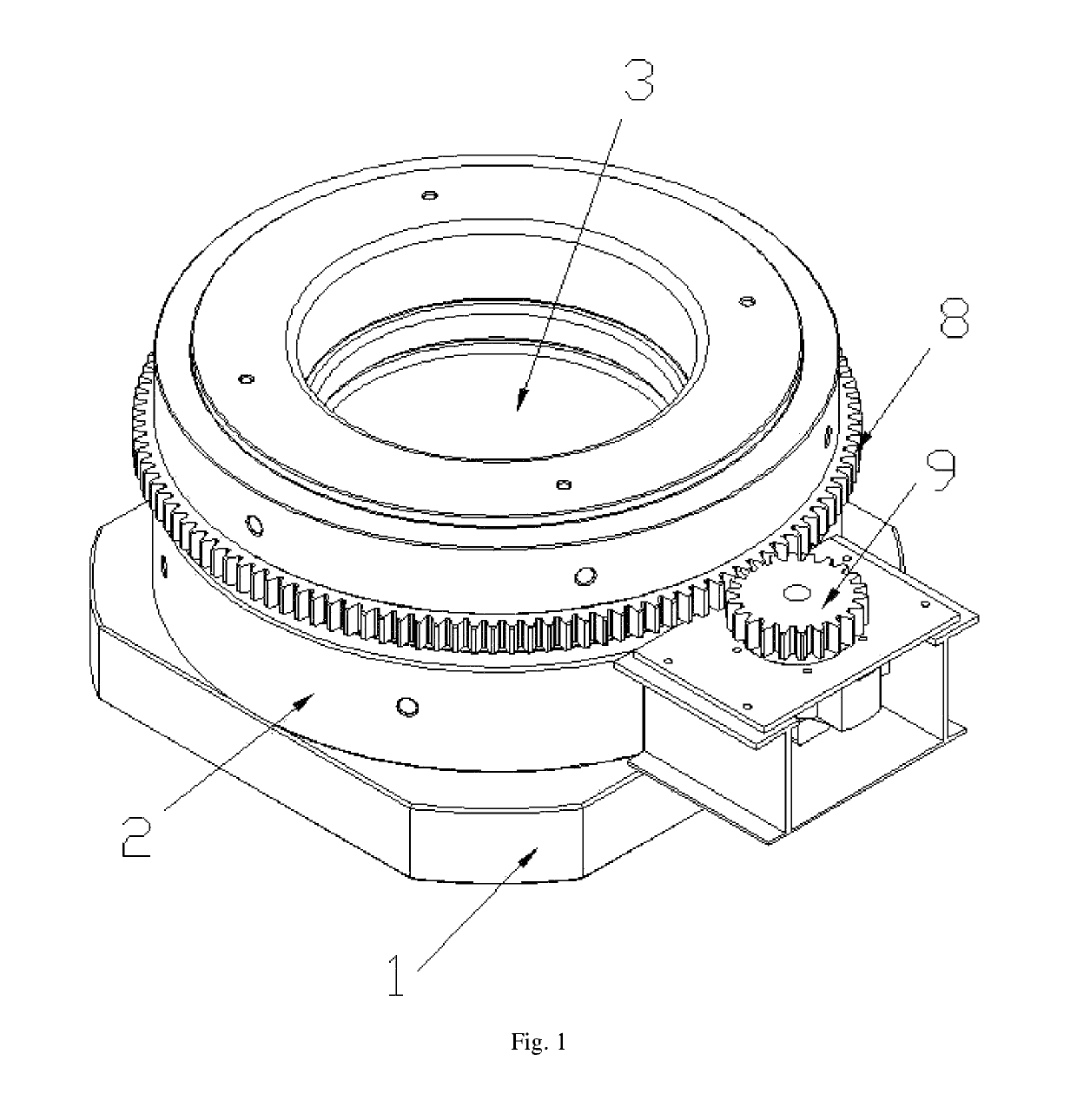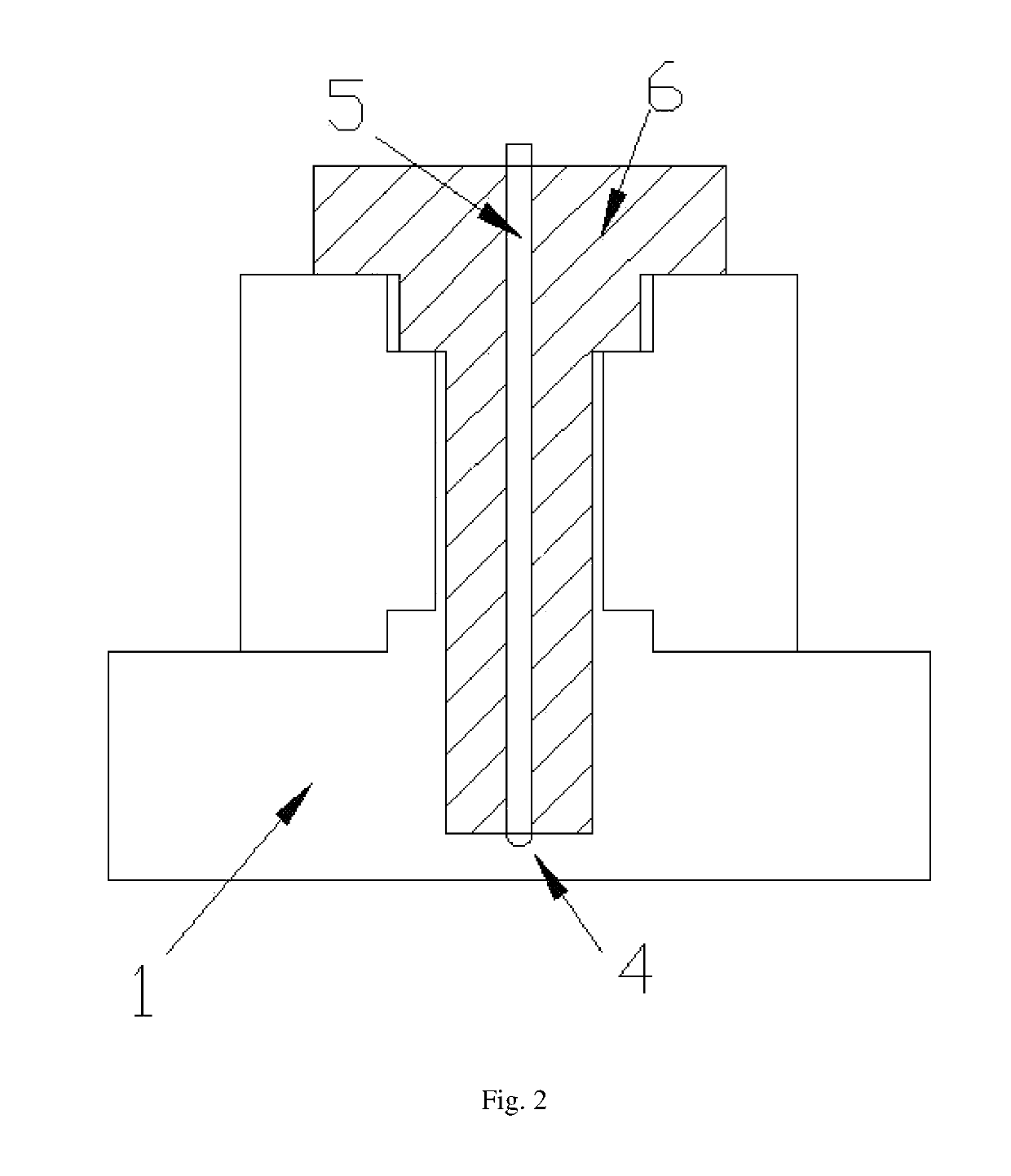Hollow forging process for main shaft of large wind turbine generator
a wind turbine generator and hollow forging technology, which is applied in forging/pressing/hammering equipment, furnaces, heating/cooling devices, etc., can solve the problems of 3 mw having no free forging oil presses with a larger capacity, the main shaft of 3.0 mw offshore wind turbine generator cannot be processed by solid forging methods, etc., to improve the fatigue resistance of the main shaft, improve the efficiency, and the effect of small siz
- Summary
- Abstract
- Description
- Claims
- Application Information
AI Technical Summary
Benefits of technology
Problems solved by technology
Method used
Image
Examples
Embodiment Construction
[0023]The embodiments of the Invention will be further described in combination with the drawings as follows to make the technical features, purpose, and effectiveness of the Invention clearer.
[0024]A hollow forging process for main shaft of large wind turbine generator comprises the following steps as: the first step of cutting off the dead head and the bottom of an ingot; the second step of upsetting and punching a hole; the third step of drawing-out; and the fourth step of local upsetting, drawing-out and shaping-up. In the fourth step, the forged piece is shaped up by local upsetting and drawing-out through a turnplate; as shown in FIGS. 1-4, the turnplate comprises a circular turnplate base 1 and a turnplate body 2 connected to the turnplate base 1; a circular hole 3 that matches the shape of the lower end of the main shaft 6 to be processed is arranged on the turnplate body 2; a hole 4 with a certain taper is arranged in the middle of the turnplate base 1, which may ensure bot...
PUM
| Property | Measurement | Unit |
|---|---|---|
| fillet radius | aaaaa | aaaaa |
| temperature | aaaaa | aaaaa |
| temperature | aaaaa | aaaaa |
Abstract
Description
Claims
Application Information
 Login to View More
Login to View More - R&D
- Intellectual Property
- Life Sciences
- Materials
- Tech Scout
- Unparalleled Data Quality
- Higher Quality Content
- 60% Fewer Hallucinations
Browse by: Latest US Patents, China's latest patents, Technical Efficacy Thesaurus, Application Domain, Technology Topic, Popular Technical Reports.
© 2025 PatSnap. All rights reserved.Legal|Privacy policy|Modern Slavery Act Transparency Statement|Sitemap|About US| Contact US: help@patsnap.com



